The discovery of new lithium reserves at Sandawana Mine by leading mining company Kuvimba Mining House (KMH), has raised the profile of Zimbabwe as a key global producer and the perennial drought-prone Mberengwa district. The mineral is currently extracted through open-cast mining, enhancing the mine’s cost-effectiveness and operability.
Lithium is soft, silvery-white alkali metal, which, in its ordinary form, is the least dense metal and the least dense solid element. The metal is the main ingredient in the production of solar panels and the rechargeable batteries that power electric vehicles; both technological advancements that have revolutionized the greening of the world and thus the future of global economies.

Globally, not more than 10 countries are into large-scale lithium extraction at present, with Australia, Chile and China at the production apex. The three countries account for approximately 85 % of lithium production, hence the emergence of KMH in the “white gold” production sector makes Zimbabwe a premier mineral extraction hub.
With a reported 100 per cent push in price demand for the last year (2022), the presence of lithium is a boon for a country on overdrive to lure FDIs towards a US$12 billion mining economy by the end of this year. Economic experts say that Zimbabwe now ranks amongst the top five lithium mining economies globally.
Sandawana Mine is a high-grade lithium deposit mine that has been touted as world-class by mining experts. Against this economically transformative and uplifting background, KMH is buoyant while the Zimbabwean economy is gradually bouncing back!

Sandawana Mine’s reserves are valued at around US$3 billion, making it one of Zimbabwe’s top-level mining ventures. Annual turnover is expected to be around US$ 4,5 billion and an estimated US$300 million is earmarked for the government’s purse per year.
Text by Martin Chemhere

